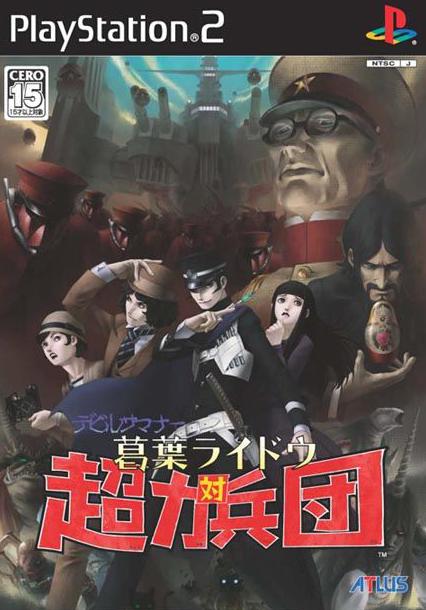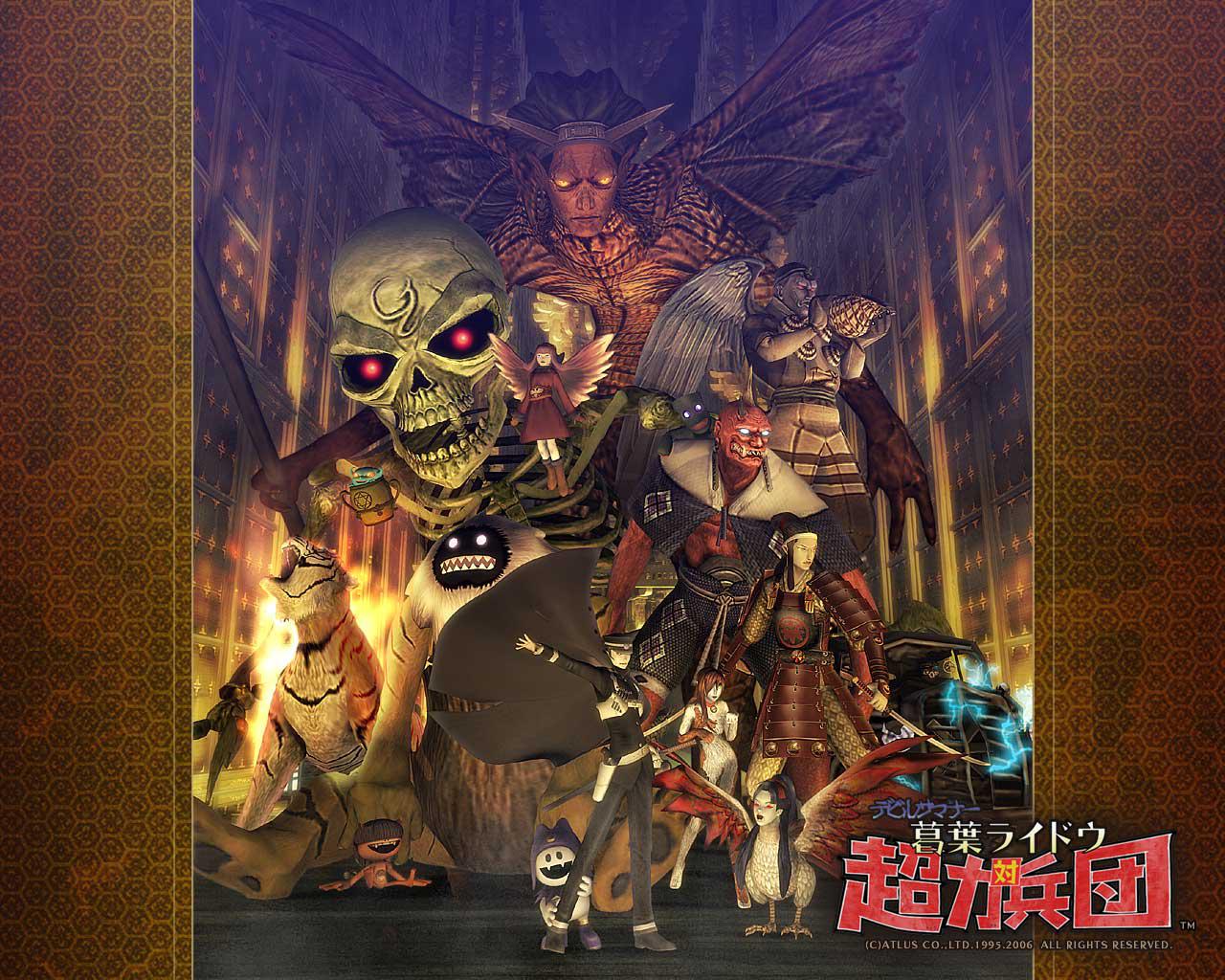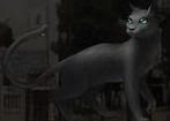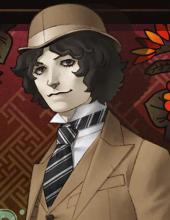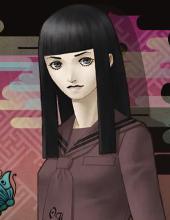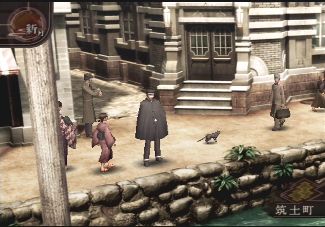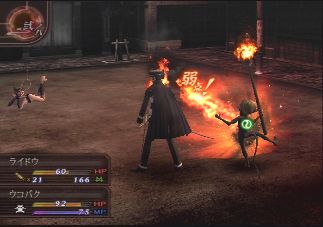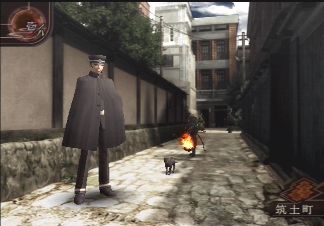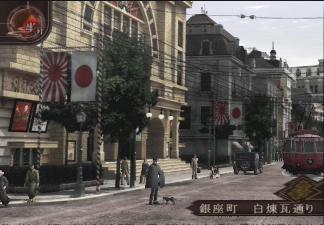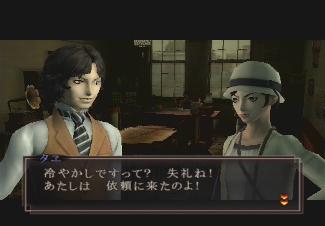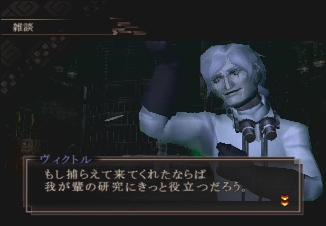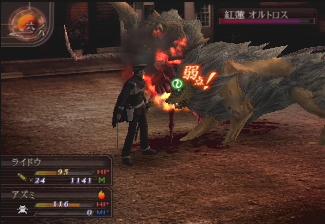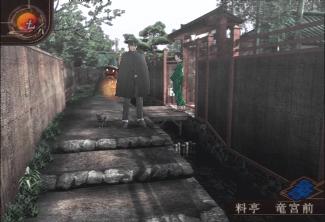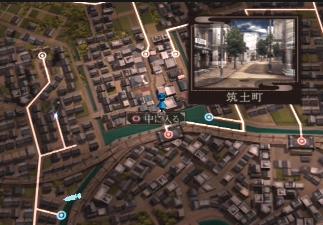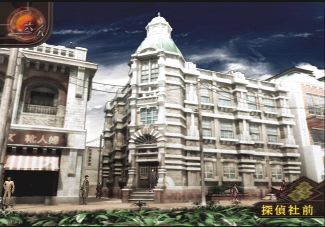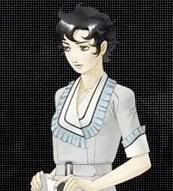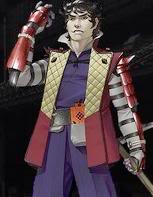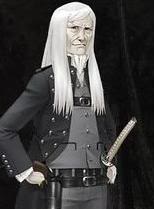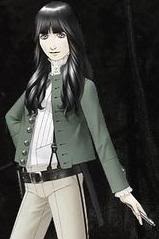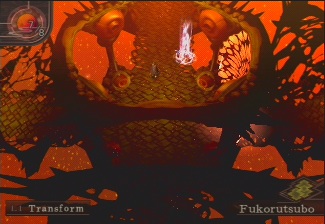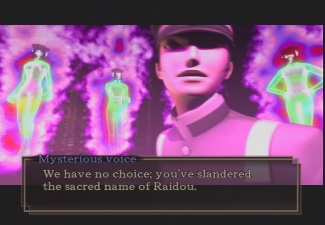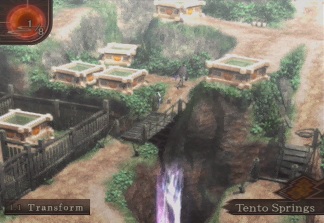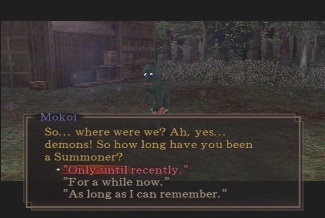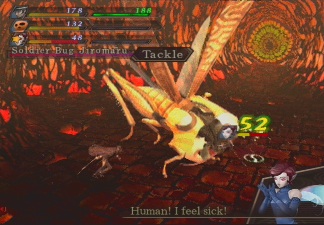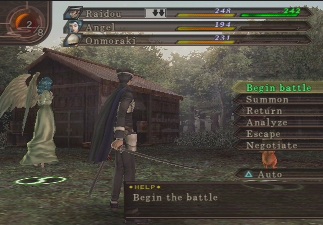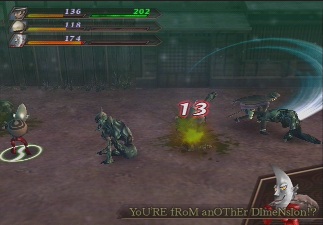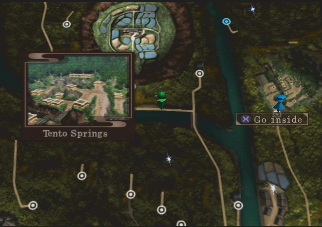
Devil Summoner
Devil Summoner
|
Next Page >>> |
|
Page 1: |
Page 2: |
|
|
|
Shin Megami Tensei: Devil Summoner: Raidou Kuzunoha vs. The Soulless Army (デビルサマナー 葛葉ライドウ対超力兵団) - PlayStation 2, PSN (2006)
Megami Tensei once again reinvents itself in its fourth PS2 title. Taking the name of the 32-bit era Devil Summoner series, Raidou Kuzunoha moves away from the modern/futuristic settings and into the past, back to pre-WWII Japan. It's the year Taisho 20 in the Japanese calender, in an alternative history where the emperor of Japan lived longer than he did in our world. As a young detective who's inherited the name "Raidou", it's your job to investigate all of the strange demon outbreaks around town. The story begins when Raidou receives a call from a young girl. They meet at night, where she begs for someone to kill her. Suddenly, a huge creation, clad in metal armor and a red cape, picks her up and whisks her away. Eventually, this is revealed to be a member of the Soulless Army, created by a military general named Munakata. But who are they? What are their purpose, and why did they take this girl? And how does this tie in with the arrival of the Russian mystic Rasputin?
Characters
Raidou
The hero. Raidou Kuzunoha is not his real name, merely the inherited name given to all Devil Summoners tasked with defending the Capitol. His actual name is determined by the player.
Gotoh
A talking cat that accompanies the plater, he is a the reincarnated form of an earlier Raidou Kuzunoha. Since the player character is silent, he mostly acts as an expositionary tool.
Narumi
Raidou's boss, and the head of the detective agency. Has a fascination with the occult, naturally, but spends most of his days just sitting behind his desk. He's taken a liking to toast and coffee, to keep up the appearance of a "modern man". He and Raidou's cat still never get along.
Tae Asakura
A journalist with the pen name "Kichou" who supplies Raidou and friends with scoops. She tries to make her living in a man's world.
The game is divided into twelve chapters, each with an individual story which ties into the plot as a whole. You're given free run of the capital, with more areas opening up as you progress.
Raidou Kuzunoha is the first in the series to ditch the standard turn-based system in favor of action based gameplay. There are still random battles, where you're zapped to a separate screen to fight battles. While there aren't as many moves as your typical 3D action game, Raidou can attack with his sword, fire his elemental-based gun, and block attacks. Additionally, you can have a single demon companion at a given time, which can be switched in and out as you please. Your demon pal pretty much acts on its own volition, although you can give it vague orders a la Star Ocean. Much like the other games, keeping elemental affinities will help you win battles with relative ease. Also, demon negotiations are gone entirely, and instead you need to capture demons by finding their weak spot and stunning them. The only minor issue is the battle camera, which is almost completely static - it can get hard to judge the distance of enemies when you're far away from it.
You can also call demons out when running around town. Each demon has their own kind of special ability. For example, fire-based demons have a skill called "Enflame", which will anger people and potentially make them shout of clues. Others can read minds and obtain vital secrets. Some can scout the area for enemies, while some search for hidden items. You can even take control of any demon and have them talk to people - it's amusing to see their reactions.
All of the backgrounds are prerendered, although the frame rate is much smoother than the previous games. It just feels awesome running around town, cape flowing in the wind and wearing an awesome hat, all while being trailed by a cute little kitty and whatever demon you have summoned. The music is pretty similar to Digital Devil Saga, although there's a flair of jazz mixed in with the hard rock. There are plenty of neat little touches for fans - the icon to represent demons is the same one used in the old FC/SFC games, and there's a mad scientist named Victor (just like the original Devil Summoner, except he looks more like a mad scientist than a sea captain), who heals you and gives advice on fusing and sacrificing demons. The overall atmosphere is less doom-and-gloom than most Megami Tensei games, what with the talking cat and all, although the storyline still isn't exactly light-hearted.
The biggest stumbling blocks in Raidou Kuzunoha are the fetch quests. There are plenty of times where you need to find a certain item, and all you can do is run around town, interrogating people, testing demons powers, and moving on until you find what you're looking for. Furthermore, there are random battles practically everywhere, including towns, which can make all of the running around a little tedious, at least until you get the demon which lessens the encounter rate. Thankfully, most of the battles are quick and easy, so it's not a huge problem. Otherwise, it's a fresh take on the franchise, both in its unique setting and unique gameplay mechanics.
Quick Info:
|
Developer: |
|
|
Publisher: |
|
|
Genre: |
|
|
Themes: |
Raidou Kuzunoha vs. The Soulless Army (PS2)
Raidou Kuzunoha vs. The Soulless Army (PS2)
Raidou Kuzunoha vs. The Soulless Army (PS2)
Raidou Kuzunoha vs. The Soulless Army (PS2)
Raidou Kuzunoha vs. The Soulless Army (PS2)
Raidou Kuzunoha vs. The Soulless Army (PS2)
Raidou Kuzunoha vs. The Soulless Army (PS2)
Raidou Kuzunoha vs. The Soulless Army (PS2)
Additional Screenshots
Shin Megami Tensei: Devil Summoner 2: Raidou Kuzunoha vs. King Abaddon (デビルサマナー 葛葉ライドウ 対 アバドン王) - PlayStation 2, PSN (2008)
Raidou's second major adventure focuses around a new threat to the Capital: the mysterious King Abaddon, and a horde of man-eating insects that begin murdering innocent civilians. The alignment conflicts focus around the request of a visitor named Akane Narita. The heir to a clan of ninjas from a distant village called Tsukigata, her father has already arranged her marriage and delivery to a group known as the Tento Lords. Akane's brother, Dahn, strongly objects to the marriage, as it will cost Akane a great deal in the process. Dahn abandoned the village in protest, and Akane asks Raidou to find him before he causes any trouble. Akane and Dahn's beliefs regarding the situation are shown as Law and Chaos paths of thought, respectively.
Kaneko returns as lead character designer for the second game, which offers a lot of new, eclectic faces.
Characters
Akane Narita
Technically Raidou 2's Law Heroine. Akane has been betrothed to the Tento Lords, and wishes to adhere to tradition, rather than safeguard her own well-being.
Dahn Narita
Effectively the Chaos Hero. Dahn wishes to fight tradition and keep his sister from having to endure a fate worse than death at the hands of the Tento Lords.
Geirin
An elder Devil Summoner who encounters Raidou on his quest, having taken on the name of a different Kuzunoha tradition. Is he an ally or foe?
Making good on his promise to continue the adventures of Raidou Kuzunoha, Kazuma Kaneko returned to help spearhead the most recent PS2 Megami Tensei title. The fourth Devil Summoner game, dubbed the second in the US to minimize confusion, set out to fix a lot of complaints with the original. The battle system has been revamped to be quicker paced and more action-oriented, with a larger field of combat, and two demons at Raidou's command at once. The camera actually follows Raidou this time around, instead of sitting static, and the action is much easier to control. It also gets rid of random battles when running around non-dangerous areas, like the main town.
Kaneko likely thought the Raidou series needed some influence from the classic SMT titles, so the second title also added trademark elements such as multiple endings based on player alignment decisions and optional, ultra difficult battles with Fiends. Capturing monsters works entirely different from the first Raidou title, as you now enter into conversations, like the old days.
While the second game vastly improves on the combat in the original, the story lacks the narrow focus of the original. The Law/Chaos paths don't feel as tightly integrated as they were in the original SMT titles, or even the later Strange Journey game. The Fiend battles, sadly, aren't integrated into the plot like they were in Nocturne, but they're still as intense and enjoyable as usual. Furthermore, certain elements feel a bit too recycled this time around. The map screen and many areas are the same, and while there's some new music, a large portion of the soundtrack is identical.
The Japanese special edition released included a reworked version of SMT: Nocturne with Raidou replacing Dante. The American release came in a special large package which included a Jack Frost dressed as Raidou, dubbed "Raihou".
Quick Info:
|
Developer: |
|
|
Publisher: |
|
|
Genre: |
|
|
Themes: |
Raidou Kuzunoha vs. King Abaddon (PS2)
Raidou Kuzunoha vs. King Abaddon (PS2)
Raidou Kuzunoha vs. King Abaddon (PS2)
Raidou Kuzunoha vs. King Abaddon (PS2)
Raidou Kuzunoha vs. King Abaddon (PS2)
Raidou Kuzunoha vs. King Abaddon (PS2)
Raidou Kuzunoha vs. King Abaddon (PS2)
Additional Screenshots
Devil Summoner
|
Next Page >>> |
|
Page 1: |
Page 2: |
|
|
|
